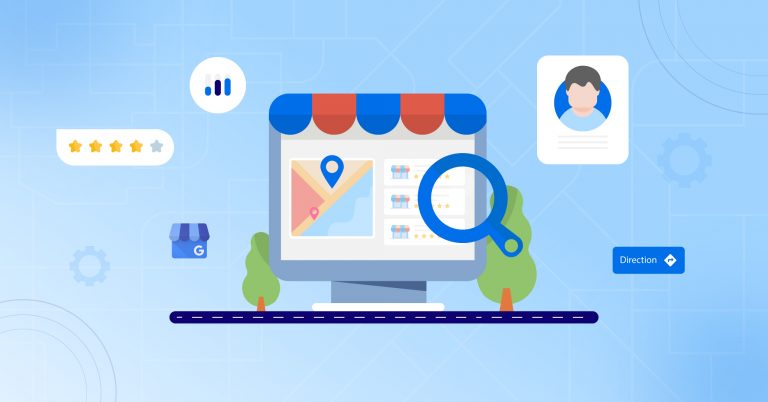If your top locations are ranking but conversions are stagnant, the real gap lies in competition analysis, not visibility.
Here’s the truth: most multi-location brands are flying blind. They’re obsessing over vanity metrics while missing out on hyperlocal signals that could reveal exactly why they’re being outplayed.
When every local search, call, or customer review holds a clue about your competition, relying on static spreadsheets or quarterly reports just doesn’t cut it anymore.
Being “visible” doesn’t always mean being chosen.
That’s especially true when competitors in your area are optimizing offers based on footfall data, tweaking business hours dynamically, and responding to reviews within minutes.
A real local presence is about being strategically responsive, not just being present. And that starts with rethinking competition analysis as a dynamic, real-time layer of your market strategy.
Too often, brands treat visibility as a one-size-fits-all goal. But in today’s AI-enabled landscape, success is highly contextual. A location ranking #3 in one city may be far more profitable than one at #1 elsewhere. Why? Because relevance, timing, and local customer intent trump superficial rankings every single time.
Your competitor’s recent spike in calls? It wasn’t random.
They might have rolled out a weekend-only discount or started ranking for “emergency service near me.” But you won’t catch any of that if your tools can’t detect it at the location level.
That’s where platforms like SingleInterface come in handy. With AI-powered insights and actionable intelligence from local customer interactions, such as calls, reviews, Q&A, and WhatsApp analyzed through centralized dashboards, you move beyond aggregate data and into behavioural intelligence.
AI transcribes every call, analyzes tone, flags urgency or competitor mentions, and surfaces trends. For instance, a sudden increase in inquiries about “late hours” could indicate your rival has quietly extended their timings. Now that’s a cue to act.
Want to know if your competitor is becoming the go-to brand in a key neighborhood? Look at:
SingleInterface’s Competition AI capabilities capture all of that.
Say your competitor is getting love for faster customer service while your location has slower response times and unaddressed reviews. That’s an actionable gap. And now you have the insight to fix it before it becomes a brand-level problem.
Related Reads: From Reviews to Revenue: How Sentiment Data Can Guide Local Strategy
Let’s say your competitors are lagging in responding to reviews. That’s a gap you can fill with AI-generated responses at scale, without losing the human touch.
Or maybe you discover that a rival’s business listing is inconsistent across directories. That’s your chance to become the more trusted option by keeping your listings watertight with real-time market insights.
Another case? Your team notices through competitor benchmarking that a rival store in a neighboring district has temporarily reduced its product availability. You could reallocate stock from slower-moving locations and geo-target that zone with a time-bound offer.

Data doesn’t move the needle. Decisions do.
That’s why SingleInterface’s market trend analysis dashboard isn’t just a bunch of charts and graphs. It’s a decision-support engine designed to help local managers, marketing heads, and CXOs make calls with confidence.
The platform doesn’t just tell you that your competitor is gaining traction in Pune. It indicates that they’re ranking better due to a higher review frequency, or that they’ve optimized their listing with attributes that your store lacks.
Now, you’re equipped to update your local profile, trigger a cluster-level awareness campaign, and train your team on the missing edge, all within hours, not weeks.
For most brands, competition analysis is a back-office task. But when powered by AI with business objectives as goals, it becomes a frontline lever for revenue and growth. It’s your unfair advantage.
Brands using SingleInterface’s Competition AI capabilities have increased conversion rates by focusing on:
Related Reads: How AI is Reshaping Hyperlocal Marketing Strategy
If you don’t find much value in conventional reports, it’s time to rewire how your brand sees the competition.
Modern competition analysis isn’t about who ranked #1 last month. It’s about knowing why you lost to them today and what you’re going to do about it tomorrow.
And with the right platform, your entire network of locations can act, not just react, based on AI-powered insights from every business location.
Let us show you what your competitors won’t. Book a personalized demo today.